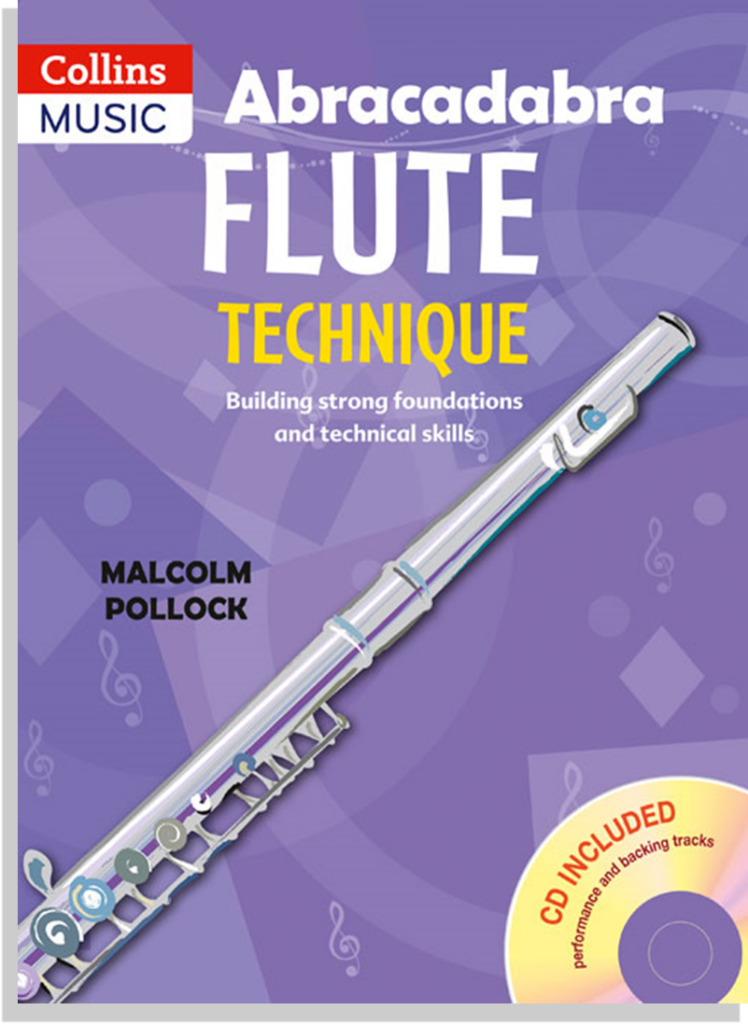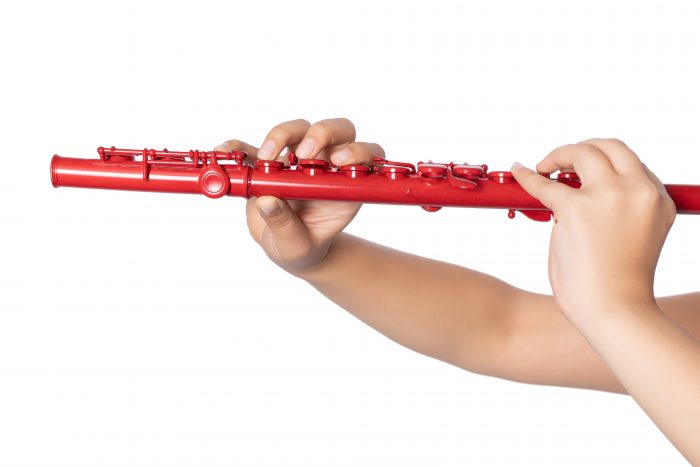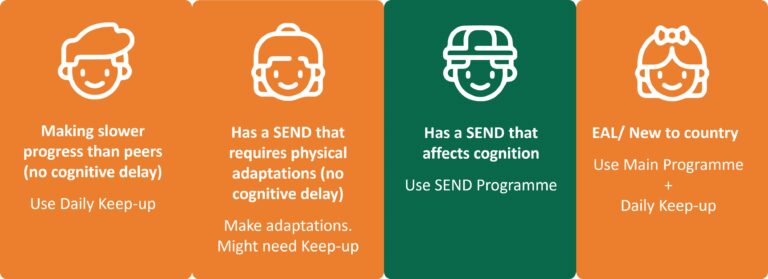With Malcolm Pollock, author of Abracadabra Flute Technique
Here’s the fifth of 6 blog posts aimed at teachers of beginner flute players. This series looks at some common challenges faced by pupils and teachers and breaks them down into simple steps to make teaching technique easy even if the flute is not your first instrument, or if you teach a mixed ability group.
Teaching articulation
The word “articulation” implies more than just “tonguing”. A well-articulated performance on the flute is one in which the start of the notes or groups of notes is clear, where the note lengths make musical sense throughout (they can be varied of course), where the slurring is appropriate to the musical style, and the ends of notes are not cut off too abruptly.
At the most basic level when teaching beginners, they need to get used to starting the notes cleanly and supporting each note with their diaphragm. Remember fast or short notes need to have the same tone quality as slow long notes!
Tummy articulation activity
Try this exercise with your pupils:
- Without holding the flute, take a deep breath then form the flute embouchure.
- Blow out four short puffs without either taking a breath between each one or disturbing the embouchure. Each time you blow out give a little push with your tummy muscles as if you were blowing out candles.
- Make sure your throat and neck are relaxed!
- Now try playing repeated notes on the flute using the same technique.
Now add the tongue
- Stand in front of a mirror without the flute and with the palm of your hand a few centimetres in front of your mouth.
- Take a deep breath then breathe out using your flute embouchure and touch the back of your top front teeth quickly with the tip of your tongue.
- Now do the tummy articulation activity again, this time adding the tongue.
- Finally try doing this on the flute.
- Remember not to tongue too vigorously. Some players try to tongue “louder” when the music gets louder. The tongue movement should always be pianissimo and NOT form part of the sound!!
- The embouchure should not be disturbed by the tonguing and the tongue should definitely not come through the lips.

There are lots of helpful diagrams, explanations and exercises covering all basic aspects of flute technique in my book: Abracadabra Flute Technique. This is specially designed to act as a companion to Abracadabra Flute but can be used alongside any tutorial method.
Malcolm Pollock has spent a lifetime supporting young musicians through local authority music services, as a teacher, conductor and manager. His last post was the Head of Gloucestershire Music. He was the Chair of the British Flute Society from 2015-2018, and is the author of Abracadabra Flute and Abracadabra Flute Technique.



